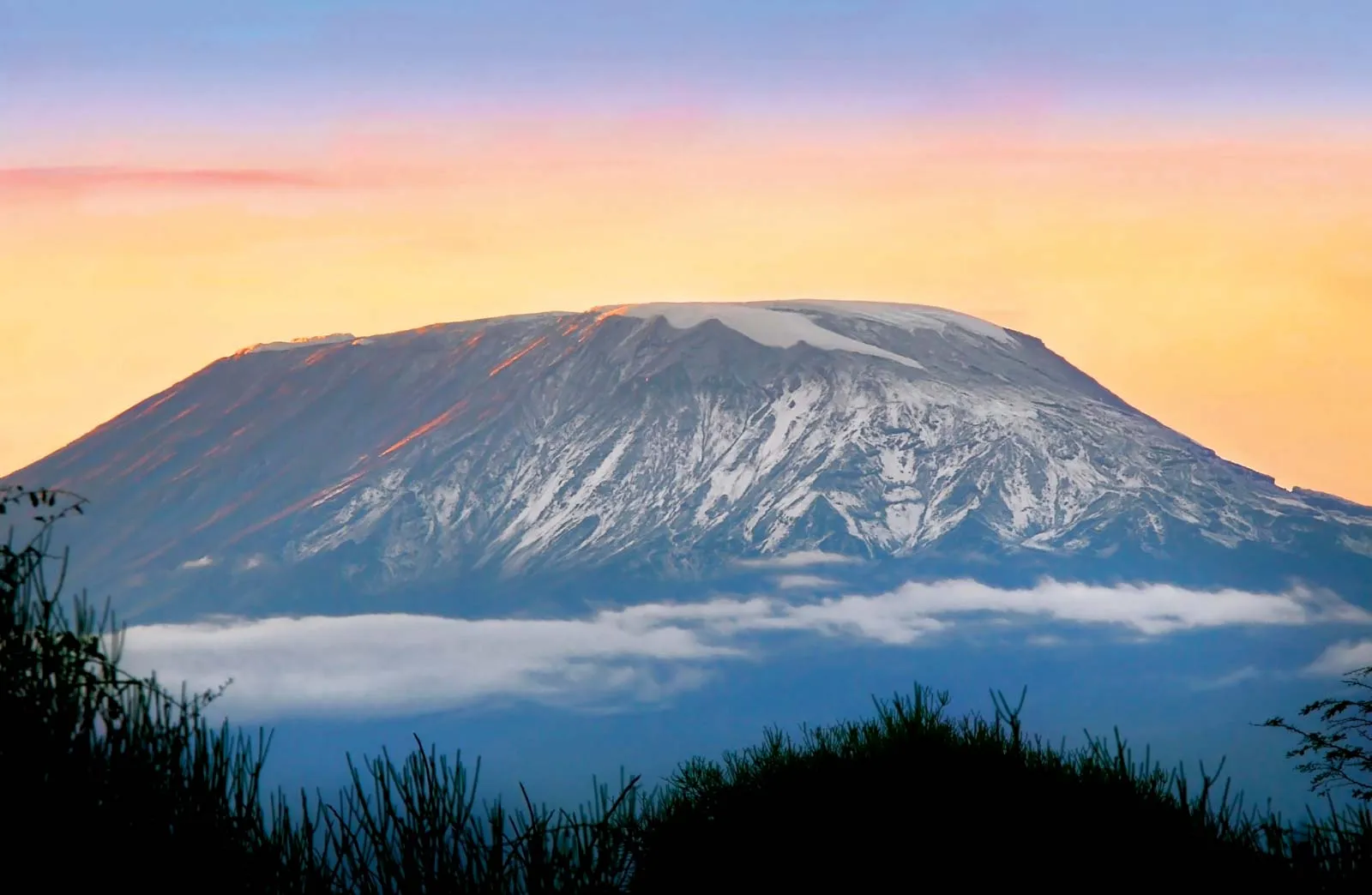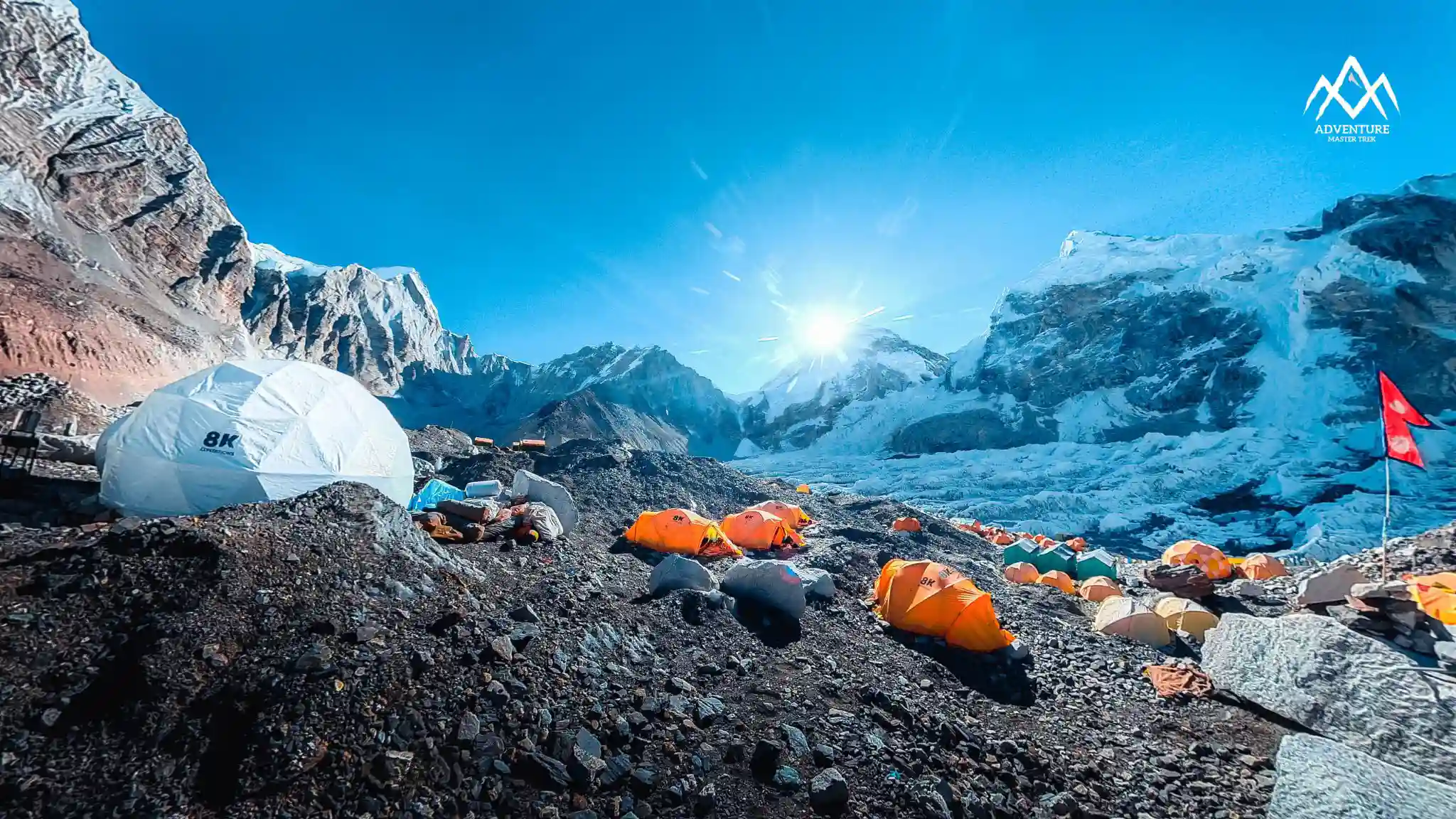When adventure enthusiasts ponder their next great expedition, two iconic destinations often come to mind: Mount Kilimanjaro and Everest Base Camp. Both treks offer unique challenges and rewards, and comparing them requires an in-depth look at various aspects such as difficulty, altitude, preparation, cost, and the overall experience. In this blog, we will delve into these factors to help you decide which adventure suits you best.
Altitude and Acclimatization
Kilimanjaro
Mount Kilimanjaro, standing at 5,895 meters (19,341 feet), is the highest peak in Africa. One of the main challenges is the rapid gain in altitude. Trekkers typically start from around 1,800 meters (5,905 feet) and reach the summit in about five to nine days. This swift ascent offers less time for acclimatization, which increases the risk of altitude sickness. The final push to the summit, known as the “summit night,” involves a steep climb starting at midnight, often under frigid conditions.
Everest Base Camp
Everest Base Camp (EBC), on the other hand, sits at an elevation of 5,364 meters (17,598 feet). The trek to EBC usually spans 12 to 14 days, providing more gradual acclimatization. Starting from Lukla at 2,860 meters (9,383 feet), trekkers ascend through a series of villages, allowing their bodies to adjust more slowly to the altitude. Despite this gradual ascent, altitude sickness remains a concern, particularly at higher points such as Namche Bazaar and beyond.
Winner: Everest Base Camp – The longer duration for acclimatization makes the risk of severe altitude sickness slightly lower compared to Kilimanjaro.

Terrain and Technical Difficulty
Kilimanjaro
Kilimanjaro offers various routes, each with different terrains. Trails range from rainforest to alpine desert and arctic summit zones. The paths are well-trodden, and while no technical climbing skills are needed, the steep inclines, loose scree, and the grueling summit night make it physically demanding. The biggest hurdle is the combination of the high altitude and the physical exertion required to reach the top in a relatively short period.
Everest Base Camp
The trek to Everest Base Camp is long and involves various terrains, from lush forests to rocky paths and glacial moraines. While there is no technical climbing involved, the trek can be challenging due to the extended period of walking and the ruggedness of the terrain. Trekkers often navigate rocky trails, suspension bridges, and potentially snowy paths. The cumulative fatigue from days of trekking can take its toll.
Winner: Kilimanjaro – The steep, rapid ascent and the physical demands of summit night give Kilimanjaro an edge in terms of sheer physical difficulty.

Weather and Climate
Kilimanjaro
Kilimanjaro’s climate varies significantly as you ascend. The base features warm, tropical weather, but as you climb, temperatures can drop drastically, especially during the night. Summit night can see temperatures plummet to -20°C (-4°F) or lower. Rain and snow are also possible, depending on the season.
Everest Base Camp
The weather on the Everest Base Camp trek is also highly variable. The lower regions can be quite warm during the day, but temperatures drop as you gain altitude. Nights can be particularly cold, especially above Namche Bazaar. Trekkers can face snow, rain, and strong winds, with temperatures potentially falling below -15°C (5°F).
Winner: Tie – Both treks involve significant temperature variations and challenging weather conditions.
Accessibility and Logistics
Kilimanjaro
Reaching Kilimanjaro typically involves flying into Kilimanjaro International Airport in Tanzania, followed by a short drive to Moshi or Arusha. There are multiple routes to choose from, each with different levels of difficulty and scenic value. The logistics are relatively straightforward, with many tour operators offering comprehensive packages.
Everest Base Camp
Getting to Everest Base Camp is more complex. Trekkers usually fly into Kathmandu, Nepal, followed by a flight to Lukla, which is notorious for its challenging landing. From Lukla, the trek begins on foot. The logistics can be more complicated due to the need for domestic flights and the higher potential for delays due to weather conditions.
Winner: Kilimanjaro – Easier access and fewer logistical hurdles make Kilimanjaro more straightforward to plan.
Cultural Experience
Kilimanjaro
Trekking Kilimanjaro provides a unique opportunity to experience the culture of the Chagga people and other local tribes. However, the trek itself is more focused on the natural environment and the physical challenge rather than cultural immersion.
Everest Base Camp
The EBC trek offers a rich cultural experience. Trekkers pass through numerous Sherpa villages, monasteries, and cultural sites. The interaction with local communities, combined with the stunning backdrop of the Himalayas, provides a deep cultural and spiritual dimension to the trek.
Winner: Everest Base Camp – The cultural immersion and interaction with the Sherpa people enhance the overall experience.

Cost
Kilimanjaro
Climbing Kilimanjaro can be relatively expensive. Costs include park fees, guide services, porters, and equipment rental. Depending on the route and tour operator, the cost can range from $2,000 to $5,000.
Everest Base Camp
The cost of trekking to Everest Base Camp varies widely. Expenses include permits, guide and porter services, accommodation, food, and domestic flights. The total cost can range from $1,500 to $4,000, depending on the level of service and comfort desired.
Winner: Everest Base Camp – Generally, the trek to EBC can be more cost-effective, especially if you opt for a budget-friendly approach.
Overall Experience
Kilimanjaro
The experience of summiting Kilimanjaro is often described as a short, intense, and immensely rewarding challenge. The view from the top, watching the sunrise from Africa’s highest point, is unforgettable. The trek offers diverse ecosystems and stunning landscapes in a condensed timeframe.
Everest Base Camp
The journey to Everest Base Camp is more about the journey than the destination. The trek takes you through varied landscapes, vibrant villages, and offers panoramic views of some of the world’s highest peaks. Reaching EBC itself is a milestone, but the trek is filled with daily highlights that make the entire journey memorable.
Winner: Tie – The choice depends on personal preference: a short, intense climb versus a longer, culturally rich journey.
Conclusion
Deciding whether Kilimanjaro or Everest Base Camp is harder ultimately depends on your perspective and what you seek in a trekking adventure. Kilimanjaro poses a significant physical challenge due to its rapid ascent and summit night, while Everest Base Camp offers a longer, more gradual climb with rich cultural experiences and rugged terrain. Both treks are demanding in their own ways and provide unique, once-in-a-lifetime experiences. Assess your physical fitness, acclimatization capabilities, and what you want to gain from the trek to choose the adventure that best fits your aspirations.

